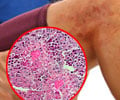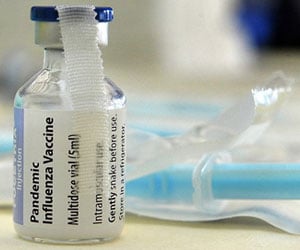Researchers at the Georgia Tech Research Institute (GTRI) have developed a system that can monitor the air around a person who is prone to asthma attacks.
The new device, which can be comfortably worn in the pockets of a vest throughout the day and kept at the bedside while sleeping at night, may help researchers understand the causes of asthma attacks.“We are investigating whether we can go back after an asthma attack and see what was going on environmentally when the attack started,” said Charlene Bayer, a GTRI principal research scientist.
The lungs of asthma patients can overreact to environmental stimuli causing chest tightness or breathlessness, known as an asthma attack.
The new sensor system measures airborne exposure to formaldehyde, carbon dioxide, ozone, nitrogen dioxide, temperature, relative humidity and total volatile organic compounds (VOCs), which are emitted as gases from products like paints, cleaning supplies, pesticide formulations etc.
Besides, the system also involves a special mesh filter to collect particles. A pump pulls air through the filter so that the quantity of particles can be measured at the end of the sampling period.
The researchers say that the composition of the collected particulate can also be analysed in the laboratory.
Advertisement
“The device weighs less than one pound including batteries and it takes a measurement of air every two minutes, stores the data in on-board memory and then sleeps to conserve battery power,” said Jones.
Advertisement
The sensor system has already been tested for comfort and effectiveness in a study involving six adult volunteers, and it has brought benefits for one volunteer, whose vest detected higher volatile organic exposures in his home than anywhere else.
The research team discovered a pollutant pathway from the volunteer’s basement garage into the living areas that was allowing automobile exhaust and gasoline fumes to invade the house.
Bayer is now planning to develop a smaller and more sensitive sensor system, test the current system in population studies of asthmatic children, and develop software to process the population studies data as it is collected.
“With this system we can determine what children are exposed to at home, at school and outside where they play. Chances are there are some overreaching compounds that seem to trigger asthma attacks in more children,” said Bayer.
Source-ANI
LIN/KAR











